Search
Search Results
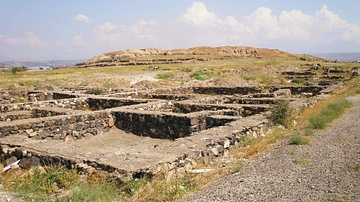
Definition
Teishebaini
Teishebaini (aka Tesebaini, modern Karmir-Blur, near Yerevan, Armenia) was an important fortress city of the Urartu civilization and excavations at the site, largely undisturbed since its abandonment c. 590 BCE, have provided an invaluable...
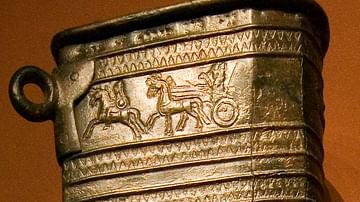
Image
Urartu Decorated Quiver
A bronze quiver of the Urartu civilization (9th-6th century BCE) from Teishebaini (Kamir-Blur, Armenia). It is inscribed with the name of King Sarduri II (r. c. 760-743 BCE). (Hermitage Museum, Saint Petersburg)
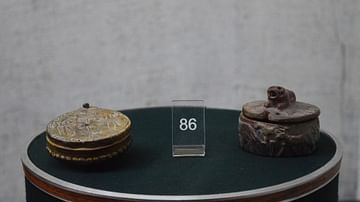
Image
Urartian Jewelry Boxes
These Urartian jewelry boxes are made of stone and were found at Karmir Blur (the Teishebaini Fortress), which is located in present-day Yerevan, Armenia. (Erebuni Historical and Archaeological Preserve, Yerevan, Armenia.)
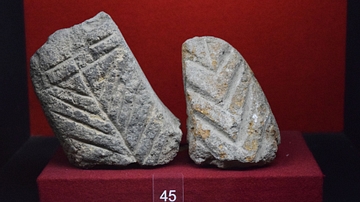
Image
Fragments of Urartian Idols
These are fragments of two carved Urartian idols made from stone. They were excavated at Karmir Blur, Armenia and date from the 7th century BCE. (Erebuni Historical and Archaeological Preserve, Yerevan, Armenia.)

Definition
Homo Erectus
Homo erectus, or 'upright man', is an extinct species of human that occupies an intriguing spot within the human evolutionary lineage. These prehistoric hunter-gatherers were highly successful in adapting to vastly different habitats across...
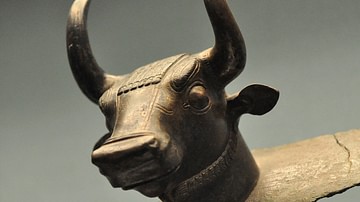
Definition
Urartu Civilization
Urartu, also known as the Kingdom of Urartu or the Kingdom of Van, was a civilization which developed in the Bronze and Iron Age of ancient Armenia, eastern Turkey, and northwestern Iran from the 9th century BCE. Controlling territories through...
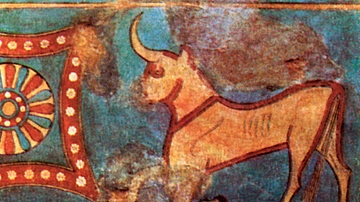
Definition
Urartu Art
The art produced by the Urartu civilization, which flourished in ancient Armenia, eastern Turkey, and northwestern Iran from the 9th to 6th century BCE, is best seen in bronze figurines of deities, bronze cauldrons with animal and goddess...
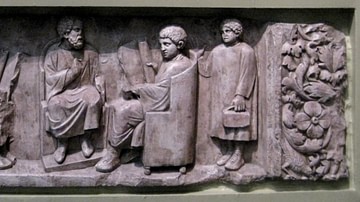
Article
Roman Education
Roman education had its first 'primary schools' in the 3rd century BCE, but they were not compulsory and depended entirely on tuition fees. There were no official schools in Rome, nor were there buildings used specifically for the purpose...